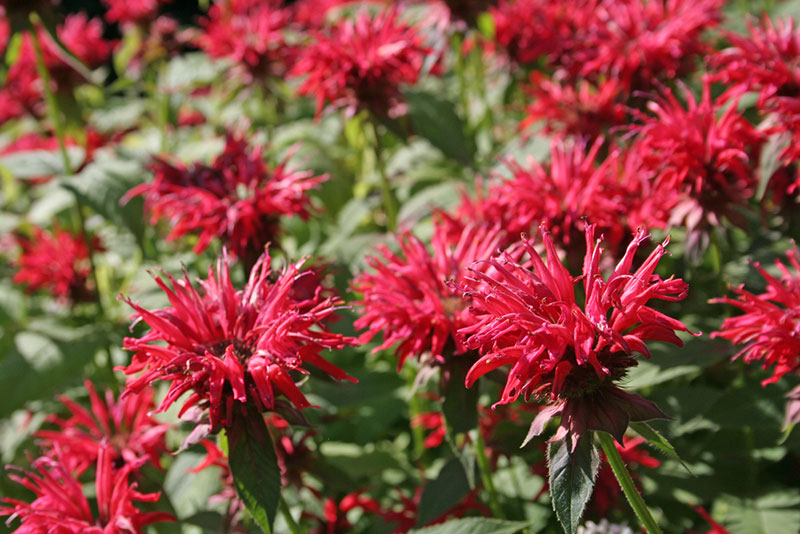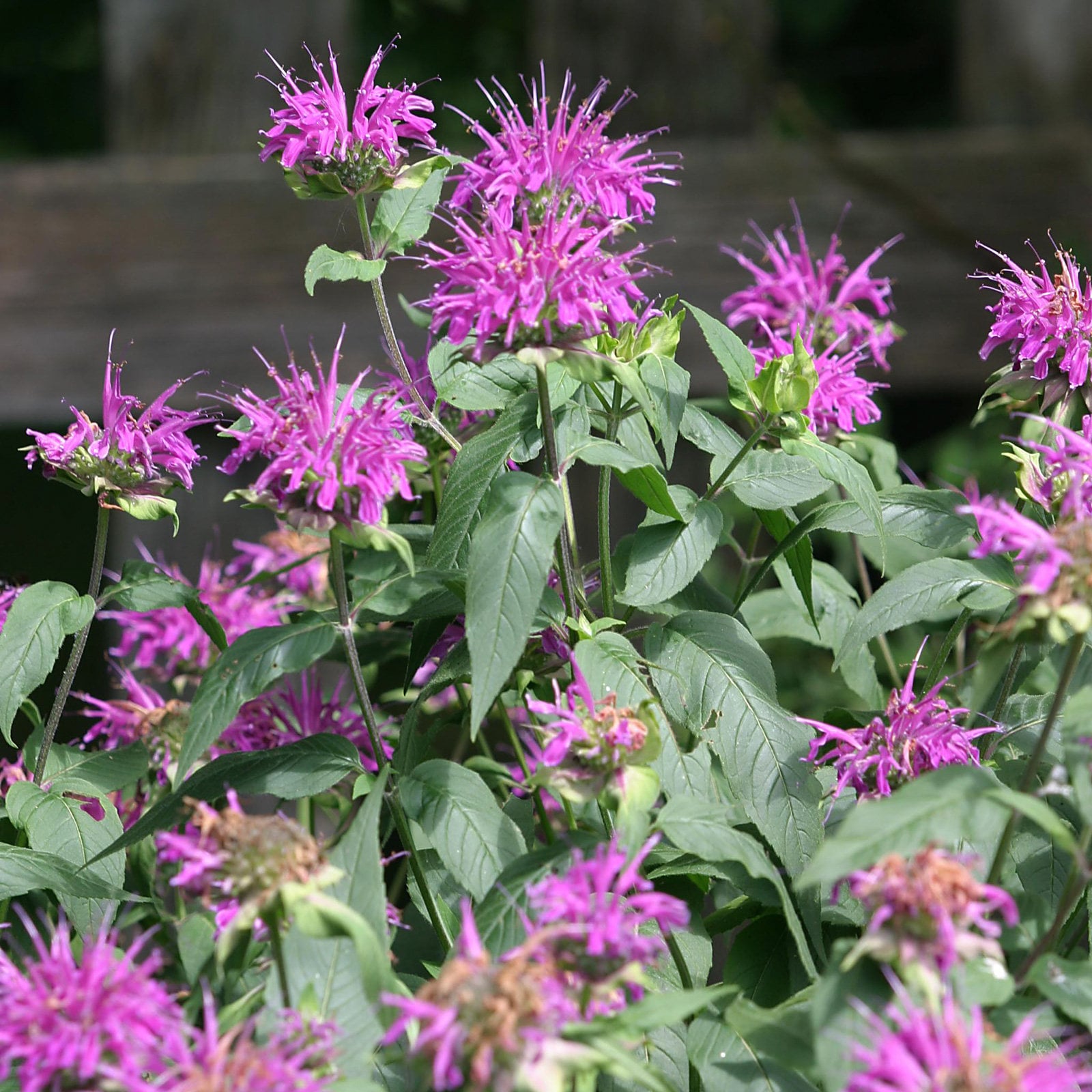

Bumblebees nest in holes in the ground and need bare areas of unmulched soil where they can dig their underground tunnels. Not all bees colonize in hives like the super-social honeybee. Here are tips for creating the ultimate pollinator paradise: Late-season bloomers: Potentilla, viburnum, aster, sunflower, goldenrodīeyond planting colorful flowers, there are other things you can do to keep bees abuzz in your garden.Early-season bloomers: Crocus, hyacinth, primrose, hellebore, maples, redbuds, willows, oaks, and dandelion.In the fall, bees feast on late-blooming plants in preparation for winter hibernation. Although spring and summer may seem to be when bees are at their busiest, some early-emerging bees rely on pollen and nectar from late winter and very early spring blooms. Also, avoid buying plants pretreated with systemic chemicals that, even in small doses, can be harmful to bees. Instead, opt for eco-friendly treatments and apply them in early morning or at dusk when there are few bees around. Don't treat your flowers with pesticides, which are extremely toxic to honeybees and other beneficial insects. While attractive, they often make it more difficult for bees to access nectar and pollen than single flowers.

Regardless of flower shape or size, avoid cultivars with showy double flowers. Sizewise, honeybees often flock to tiny flowers, while larger bees shun them because they are too small to support their weight. For example, long-tongued bees seek out tubular, deep-throated blooms while short-tongued species visit flowers with easily accessible nectar, such as those in the daisy family. Often these preferences are determined by the length of a bee’s tongue. Some bees prefer certain flowers because of their shape. (Interestingly, flowers in the blue-purple range produce the most nectar.) Bees can also see ultraviolet light, and many flowers have ultraviolet nectar guides that are invisible to us but lead bees right to their sweet treat. They actually see flowers in the blue and purple color spectrum better than other hues and are naturally attracted to them. If you thought red or yellow was a bee’s favorite flower color, guess again. While some bees, called “generalists,” aren’t picky about the type of flower, others are “specialists” and need pollen from particular plants. Flowers that attract bees provide abundant nectar and pollen, the only sources of carbohydrates and protein in a bee’s diet. Plant type: Perennial Bloom time: July to September Flower color: Purple, dusky rose Height: 6 to 8 feet Zones: 3-8 Bee appeal: Honeybees go crazy for the large vanilla-scented flower heads of this statuesque native perennial, traveling from one floret to the next until they satisfy their nectar cravings.


 0 kommentar(er)
0 kommentar(er)
